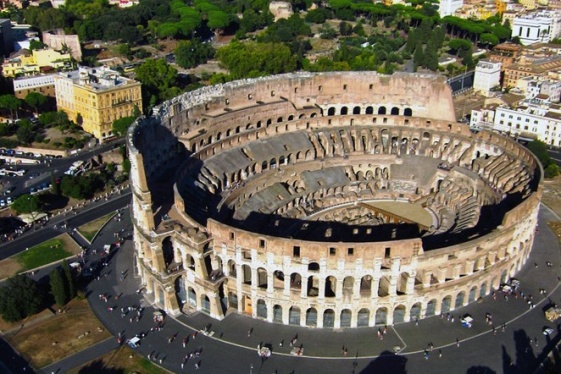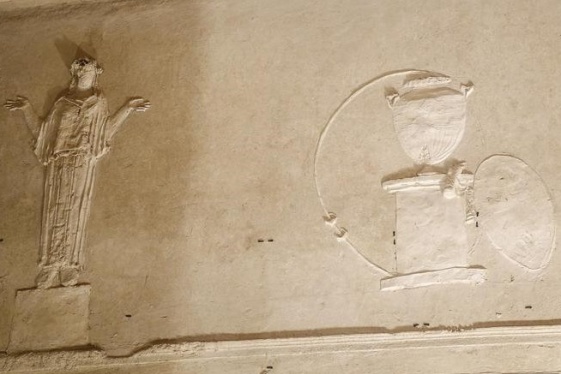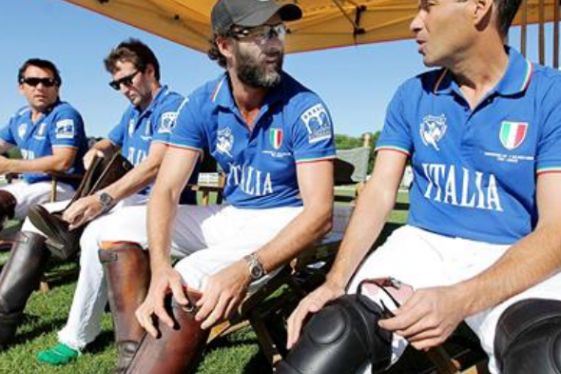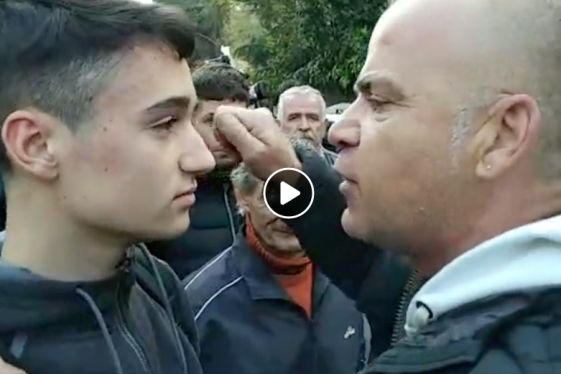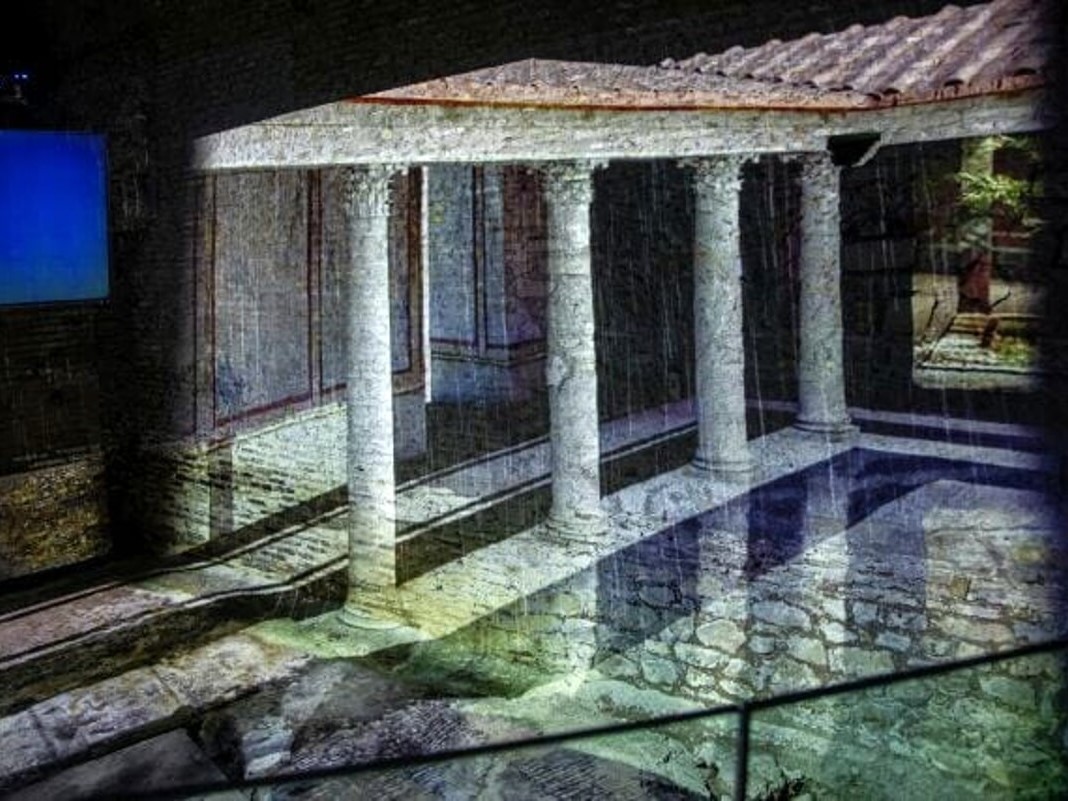

Until 2004, an important archaeological area of more than 1,800 square meters lay hidden in the basement of Palazzo Valentini, a testament to Rome's unceasing ability to hold priceless surprises. Almost two decades later, the archaeological area of the Roman Domus of Palazzo Valentini confirms its attractiveness for the many local and foreign visitors who flock to its spaces on a daily basis.
Today the area has undergone a technological restoration of the original immersive/multimedia project. This initiative improves and enhances the immersive, multimedia and technological capabilities of the visitor experience. The project, based on the use of new-generation, high-definition video projection systems, has made it possible to make the visit inside the excavations even more profound and emotional.
The audio broadcasting system, which plays an important role in the construction of an immersive experience, was also completely restructured, introducing individual listening through headphones that play the various commentaries and soundtrack of the experience in high quality available in Italian, French, English, German and Spanish, allowing a wide international audience to fully enjoy the multimedia experience.
The combined effect of the new projection technologies and the new audio broadcasting system deeply engages visitors to the Domus, making them experience a memorable immersive experience that is now also multilingual.
he visitor sees "reborn" wall structures, rooms, peristyles, baths, halls, decorations, kitchens, furniture, thus making a virtual journey inside a great Domus of ancient Rome. A unique and valuable example of how the artistic heritage of antiquity, redelivered by a careful and rigorous work of restoration and redevelopment, can be enhanced through the integration of new technologies.
The extensive tour of the Valentini Palace Domus includes three archaeological areas: the reception rooms of the Domus, where the master of the house received his guests; the sector of the Baths that were inside one of the Domus; and the remains of a public building, perhaps a temple dedicated by Emperor Hadrian to Trajan and Plotina Divi. A film accompanies the visitor in reconstructing the history and events told about Trajan's Column.
Inside the museum, rooms devoted to the display of archaeological artifacts alternate with the multimedia tour. In the last visiting area it is also possible to see part of the bunker built in the basement of the Palace during World War II, which has retained its original structure.
You may be interested
-
Exciting Palatine. Interview with Clementina...
You can tell she fills with excitement when she has the chance to show an important archae...
-
Italian Open's History and Records: A tale o...
For Italians, and Romans in particular, the Open is not just a tennis tournament where cha...
-
'Basilica of Mysteries' reborn in Rome
The so-called 'Basilica of the Mysteries' has been reborn in Rome. The basilica, one of th...
-
'Carbonara Day' celebrates famous pasta dish
On Friday, April 6, the world will celebrate "Carbonara Day", an occasion launched by the...
-
'Gladiators' bring Roman flavor to R.I. polo
As thousands of sharply dressed spectators converged on the turf of Newport International...
-
'Hot priests' grace Rome's calendar
It is officially called the Calendario Romano, or Roman Calendar. But on the streets of Ro...
-
'No one should be left behind': Italian teen...
A 15-year-old boy, known as Simone, has become an overnight internet sensation after stand...



